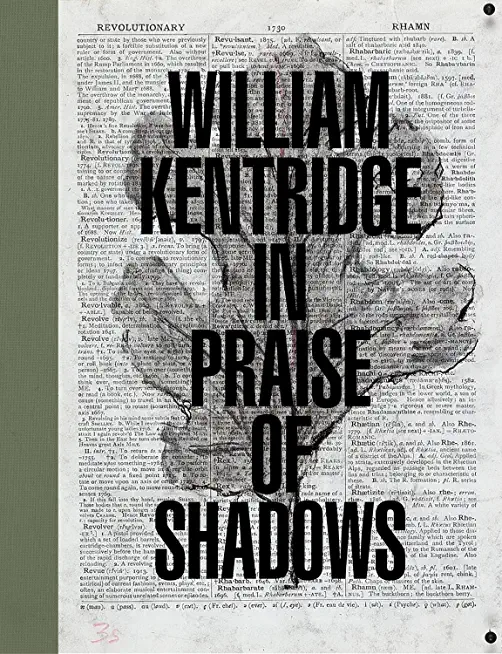
description
3
This is the first book on the collages of Brazilian artist Beatriz Milhazes (born 1960). During a residency in Brittany, in 2003, Milhazes offered chocolates and sweets to the art center team, asking them to return the wrapping papers afterward. From these the artist commenced a new project: her collages. Until this point, Milhazes had considered collage a secondary activity, a way of drafting her paintings. With time, her collage technique developed along its own path.
"Collages have a kind of dialogue with an imaginary journal," she writes. "Collected papers come from a variety of interests: sometimes it's an aesthetic attraction, but other times they're part of a routine, such as with chocolate wrapping paper or cuttings remaining from existing impressions. That's why composition in collage creates a dialogue that's exclusive to collages." As Frédéric Paul, the book's editor, observes, by using disposable ingredients in her collages, Milhazes emphasizes the acceleration of cycles of taste. "The frivolity of sweets and shopping express the frivolous versatility of trend indicators. They are also, surely, an expression of the assumed decorative frivolity. Milhazes's work has the extraordinary complexity of simple things and faces us with a breathtaking plastic evidence."member goods
No member items were found under this heading.
listens & views

SCOTT PILGRIM VS THE WORLD ...
by SCOTT PILGRIM VS THE WORLD / O.S.T.
COMPACT DISCout of stock
$15.25
Return Policy
All sales are final
Shipping
No special shipping considerations available.
Shipping fees determined at checkout.






